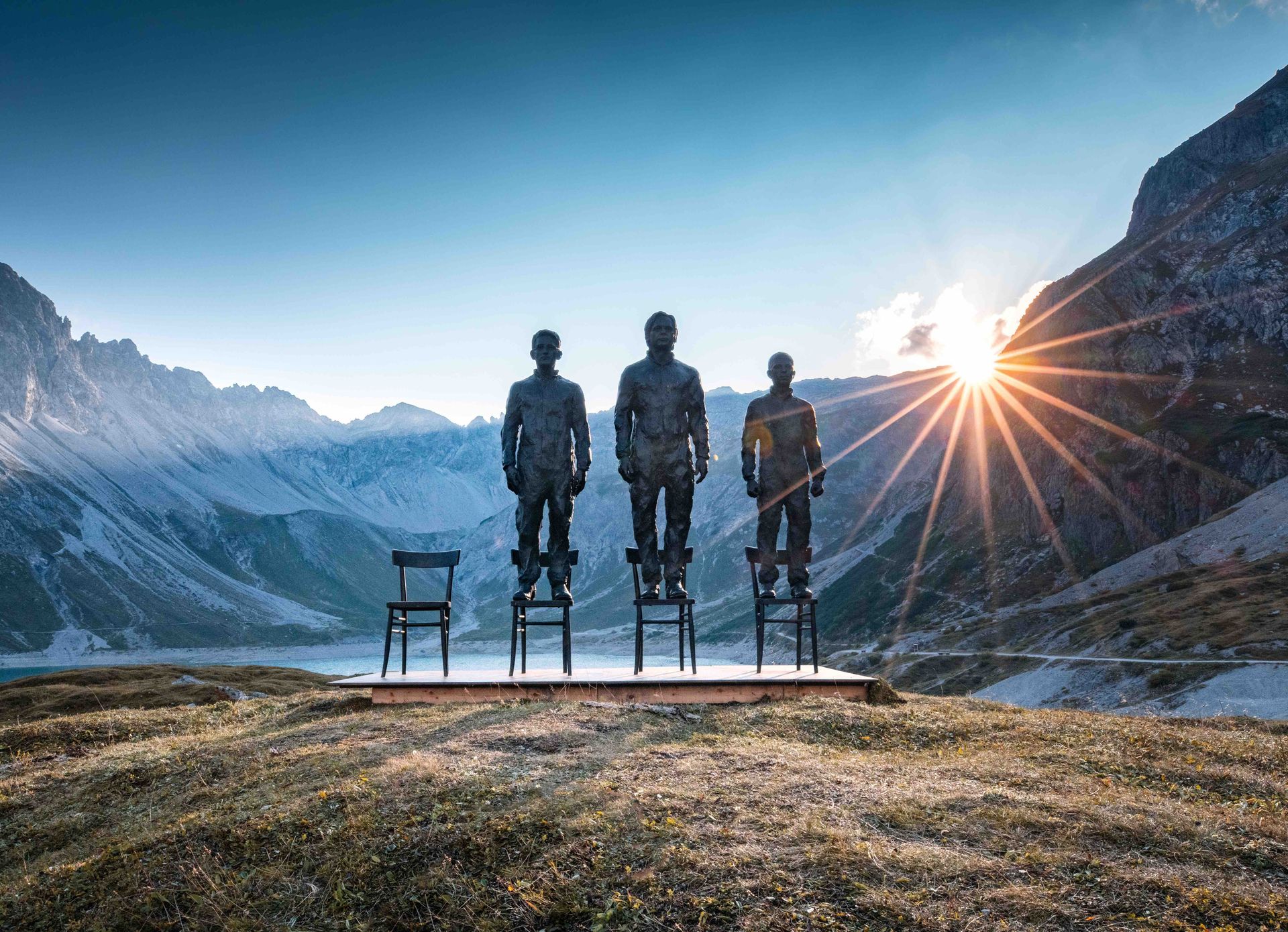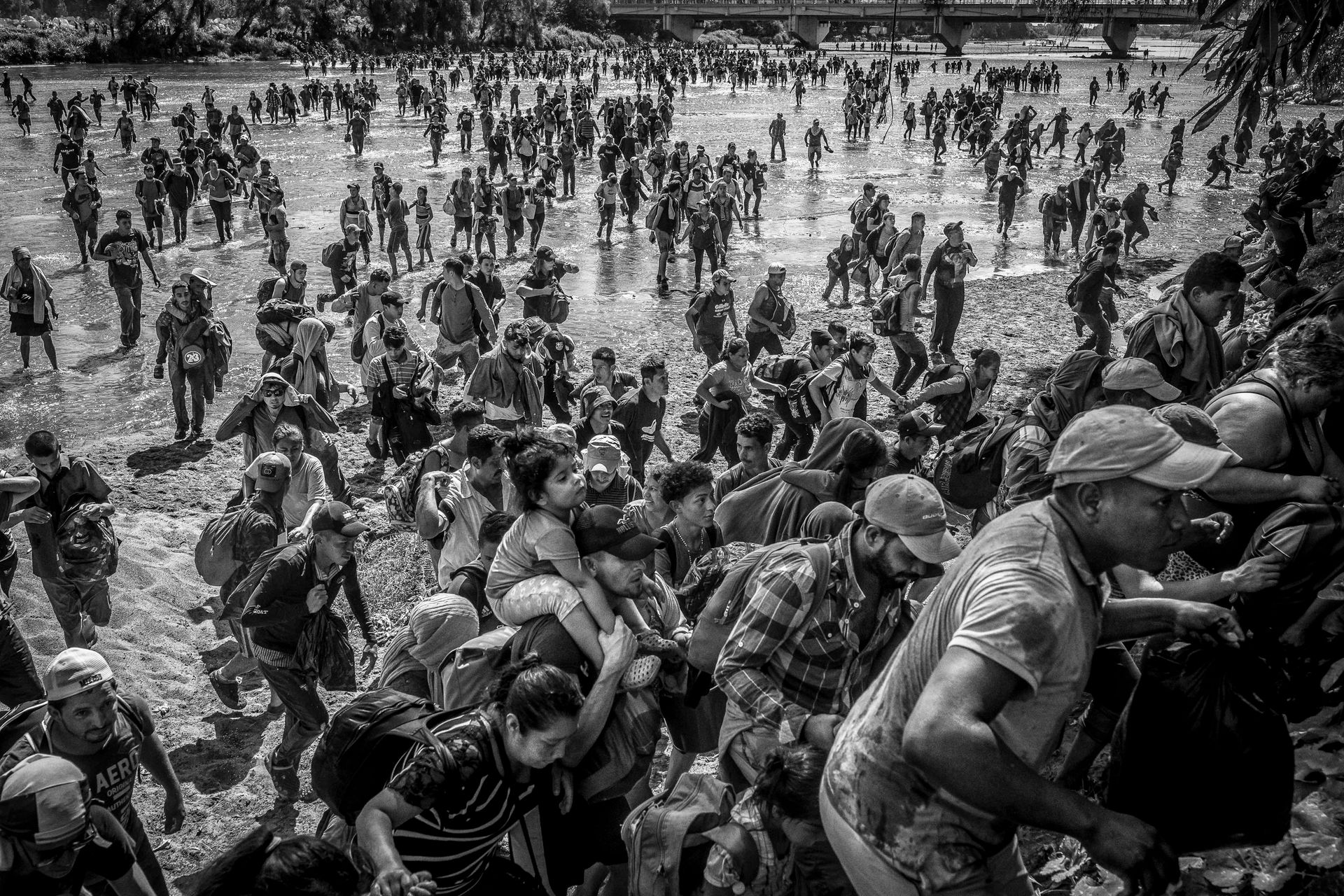DÜSSELDORF
Science fiction & spirituality:
Heinrich Wendel's cosmos meets
Kauan Soares
Wendel's “Planetary Meditations”at the
Düsseldorf Theater Museum
August 2025

Heinrich Wendel's "Planetenmeditationen", Theatermuseum Düsseldorf ©CGM
The works of a visionary are unveiled
From May 29 to November 2, 2025, the Düsseldorf Theater Museum will present the exhibition “Heinrich Wendel's Cosmos: Spirituality Meets Science Fiction,” dedicated to the German artist Heinrich Wendel. The exhibition explores his integration of Rudolf Steiner's anthroposophy with science fiction aesthetics and features his series “Planetary Meditations,” the accompanying dance video by Kauan Soares, and Wendel's contributions to stage design, cave photography, and theater.
It is noteworthy that Wendel's paintings from 1945–1947, with their cosmic images, preceded similar visual worlds in films such as “Dune” and “Interstellar,” raising questions about their possible influence on modern cinema.
Rudolf Steiner and Kauan Soares
The exhibition focuses on Heinrich Wendel's “Planetary Meditations,” a cycle of nine paintings created between 1945 and 1947. Wendel is said to have created these works inspired by Rudolf Steiner's anthroposophy. The impressive dark paintings combine spiritual imagery with dystopian, science fiction-like representations of the cosmos. Steiner, the founder of anthroposophy, saw planets as spiritual forces that influence human consciousness and virtues. Wendel is said to have come into contact with these ideas as a teenager through his private tutor and later processed his post-war experiences in pictures. These seven “mystery” pictures from the cycle, which are displayed in a darkened room of the Theatermuseum, show sunbeams illuminating beings, people who seem like gods, or something that looks like an imploding sun. Connections to Steiner's concept of a divine cosmos seem plausible.
The exhibition is enriched by a dance video by Kauan Soares, a choreographer with the Ballet am Rhein, who is apparently a permanent member of the museum's ensemble. The video “Kosmos” shows five dancers performing to music by Gustav Holst and Caroline Shaw. Probably inspired by Wendel's paintings, Soares has succeeded in combining their spiritual and science fiction elements with his modern choreography: a bridge between Wendel's anthroposophical heritage and contemporary performance.

Heinrich Wendel's "Planetenmeditationen", Theatermuseum Düsseldorf ©CGM
Read also

Paris Fashion Week 2025: Couture aus Düsseldorf in Paris (DE)

DÜSSELDORF
ZOE: “The witch represents a self-assured woman who defies patriarchal norms, which shapes my identity.”.
PRESSEFREIHEIT
Julian Assange und die Pressefreiheit
Eine kleine Chronik
July 2024 (DE)
––––––––––––––––––––
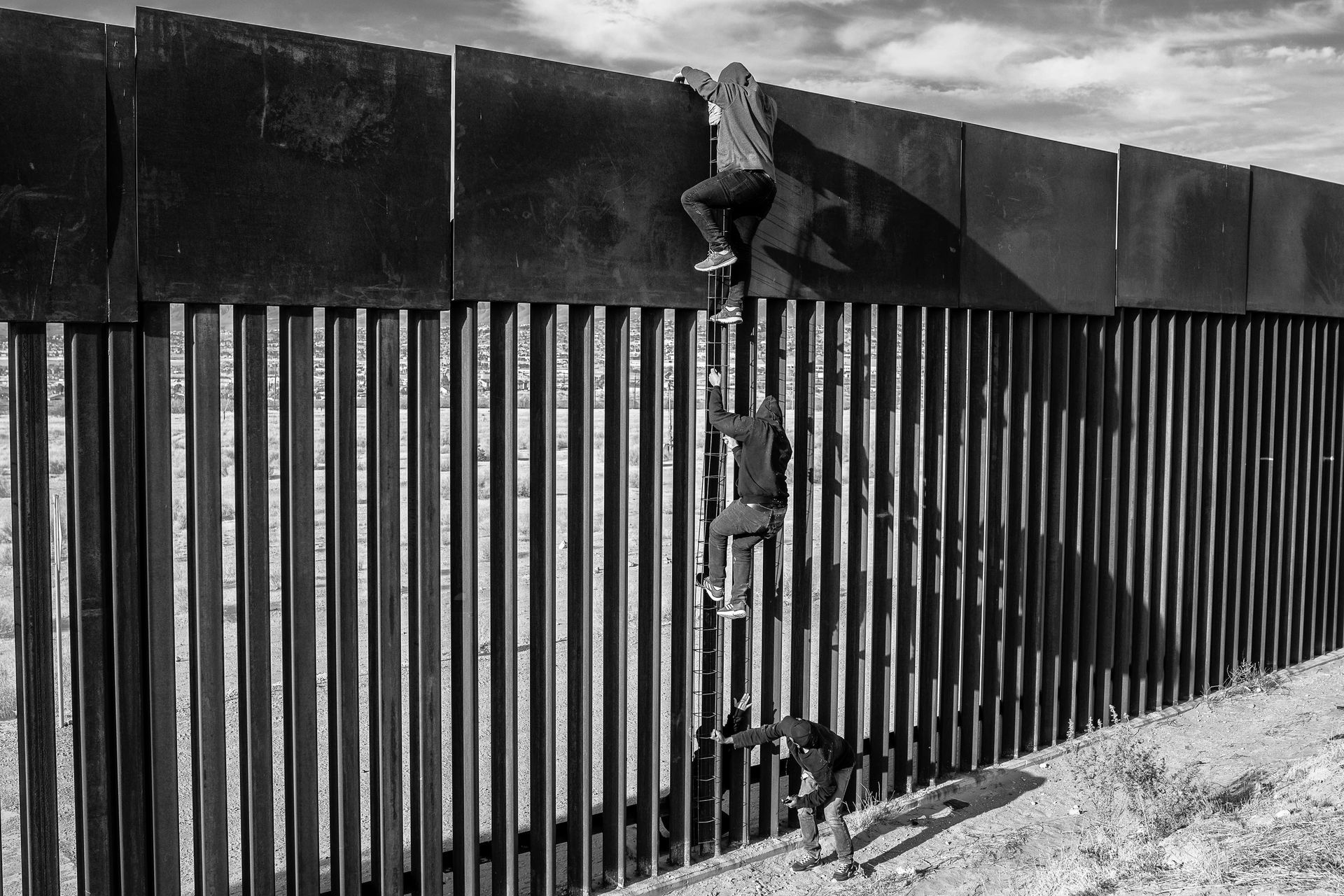
PHOTOGRAPHY
Without censorship: World Press Photo publishes the regional winners of the 2024 photo competition (EN)
––––––––––––––––––––
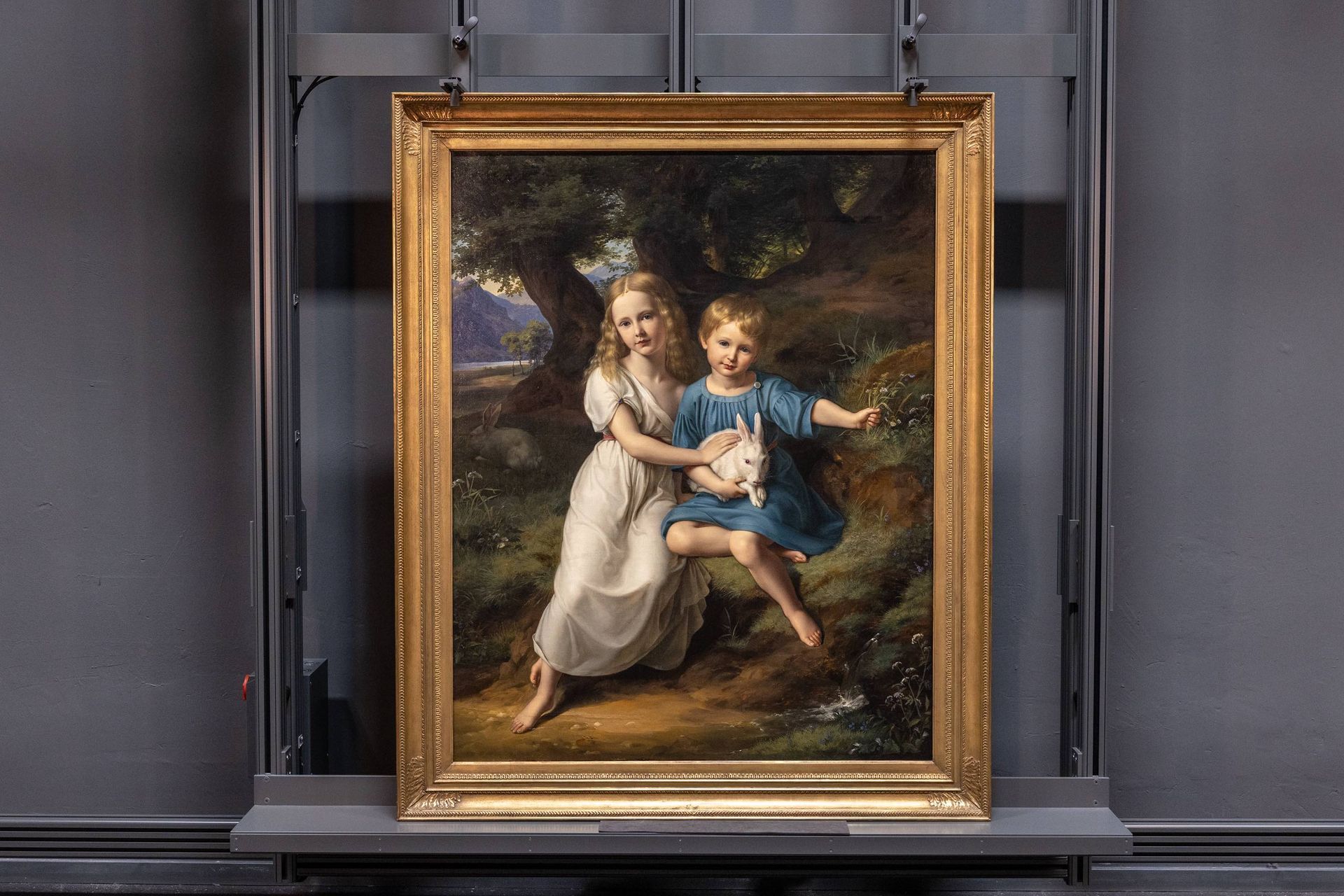
RESTITUTION
Dr. Clarence Epstein: “And here we are. The settlement is behind us and is a good conclusion.“ Read more on Alethea Talks.
––––––––––––––––––––
The latest news about the Magazines hometown Düsseldorf
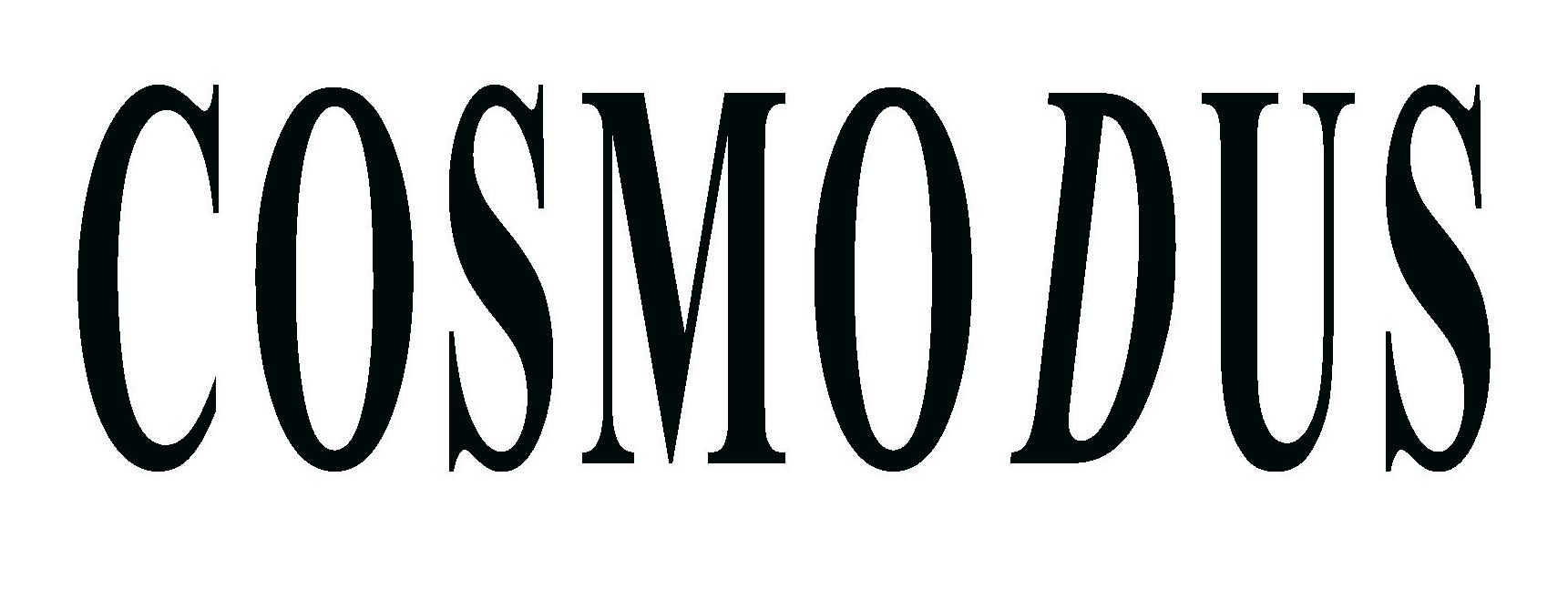
_

©IHK Düsseldorf/Felix Gemein
DÜSSELDORF
Bald heißt es "Everybody’s Heimspiel“ in Düsseldorf. Wird es auch für den Einzelhandel ein Sommermärchen? (DE)

©Achim Kukulies
GESCHICHTE
Düsseldorf gedenkt an die zerstörte Große Synagoge mit Lichtinstallation "missing link_" von Mischa Kuball
–––––––––––––––––––––

Choreography by Kauan Soares on a video screen
Heinrich Wendel's "Planetenmeditationen", Theatermuseum Düsseldorf ©CGM
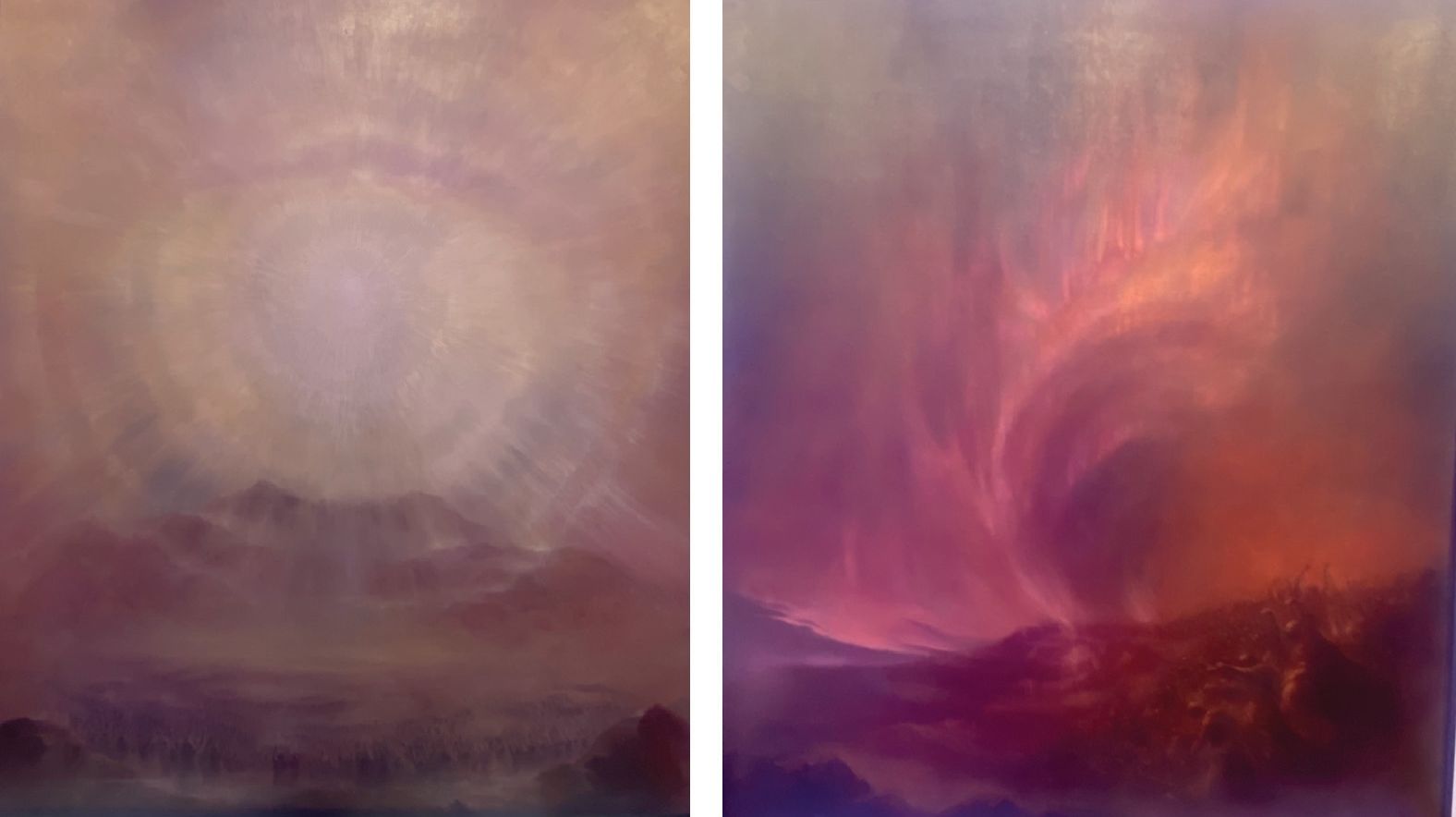
Heinrich Wendel's "Planetenmeditationen", Theatermuseum Düsseldorf ©CGM
Stage designer, painter, photographer and cave explorer!
Heinrich Wendel, born on March 9, 1915, in Bremen and died in May 1980 in Düsseldorf, was a German stage designer, painter, photographer, and cave explorer whose work was characterized by spirituality and scientific curiosity. He completed his training in Bremen, Berlin, and Hamburg. During the Second World War, he worked as a stage designer in Wuppertal and Nuremberg, but temporarily withdrew to Lorch and Stuttgart, where he built his own observatories. In 1945, he became head of set design at the Württemberg State Theater.
From 1953 to 1964, he worked at the Wuppertal Theater, where he introduced new techniques such as photography and projections. From 1964 until his death, he was head of set design at the Deutsche Oper am Rhein in Düsseldorf, where he worked closely with choreographer Erich Walter, his life partner. In the 1960s and 1970s, he traveled to France and Spain to photograph prehistoric cave paintings, leaving behind some 3,000 photos that are now kept at the Neanderthal Museum.
Rudolf Steiner's influence on Wendel
Through his private tutor, Wendel became acquainted with Rudolf Steiner's anthroposophy in the late 1920s. Steiner's teachings on science, art, and spirituality are likely to be the background to Wendel's cosmic approach in his art. Wendel's series of paintings “Planetary Meditations” depicts planets as spiritual forces linked to human development. In his lectures (e.g., “The Nature of the Planets,” 1917), Steiner described planets as carriers of cosmic energy representing virtues such as wisdom or love. He described the search for God as distinct from dogmatic religion. Steiner also speculated about spiritual beings on other planets that may have influenced human evolution. These ideas are reflected in Wendel's stage designs, for example for “The Planets” (Vienna State Opera, 1961).

Heinrich Wendel's "Planetenmeditationen", Theatermuseum Düsseldorf ©CGM
Retreat during World War II and observatory construction
During World War II, Wendel retreated to Lorch and Stuttgart, where he built observatories. The exact reasons for this are not documented. It is possible that Wendel sought refuge from the turmoil of war in astronomy and sought spiritual answers. Observatories also enabled him to study planetary orbits, which presumably influenced his later paintings and stage designs.
Cave paintings and Wendel's photographs
Between 1964 and 1970, Wendel traveled to the Franco-Cantabrian region to photograph prehistoric cave paintings from the Paleolithic period (35,000–12,000 years ago). Like a scientist and at the same time with the eye of an artist, he documented around 3,000 photos from over 50 caves in France and Spain. This collection is now kept at the Neanderthal Museum in Mettmann, not far from Düsseldorf. It is said to be invaluable, as most of the caves are not open to the public. Wendel also described cave paintings as an inspiration for his stage designs. A selection of the photos was published in a calendar.
Milestones in Wendel's work
Between 1945 and 1947, he created the “Planetary Meditations,” which reflect his post-war processing and Steiner's influence. From 1953 to 1964, he renewed stage art in Wuppertal through the use of photography and projections, for example in Monteverdi's L'incoronazione di Poppea (1965). In 1961, he designed the stage sets for “The Planets” at the Vienna State Opera, inspired by Holst's music. From 1964 onwards, he worked at the Deutsche Oper am Rhein, where he collaborated with Erich Walter on ballet and opera productions such as Zimmermann's Die Soldaten (1971), Moses und Aaron, and Tod in Venedig.
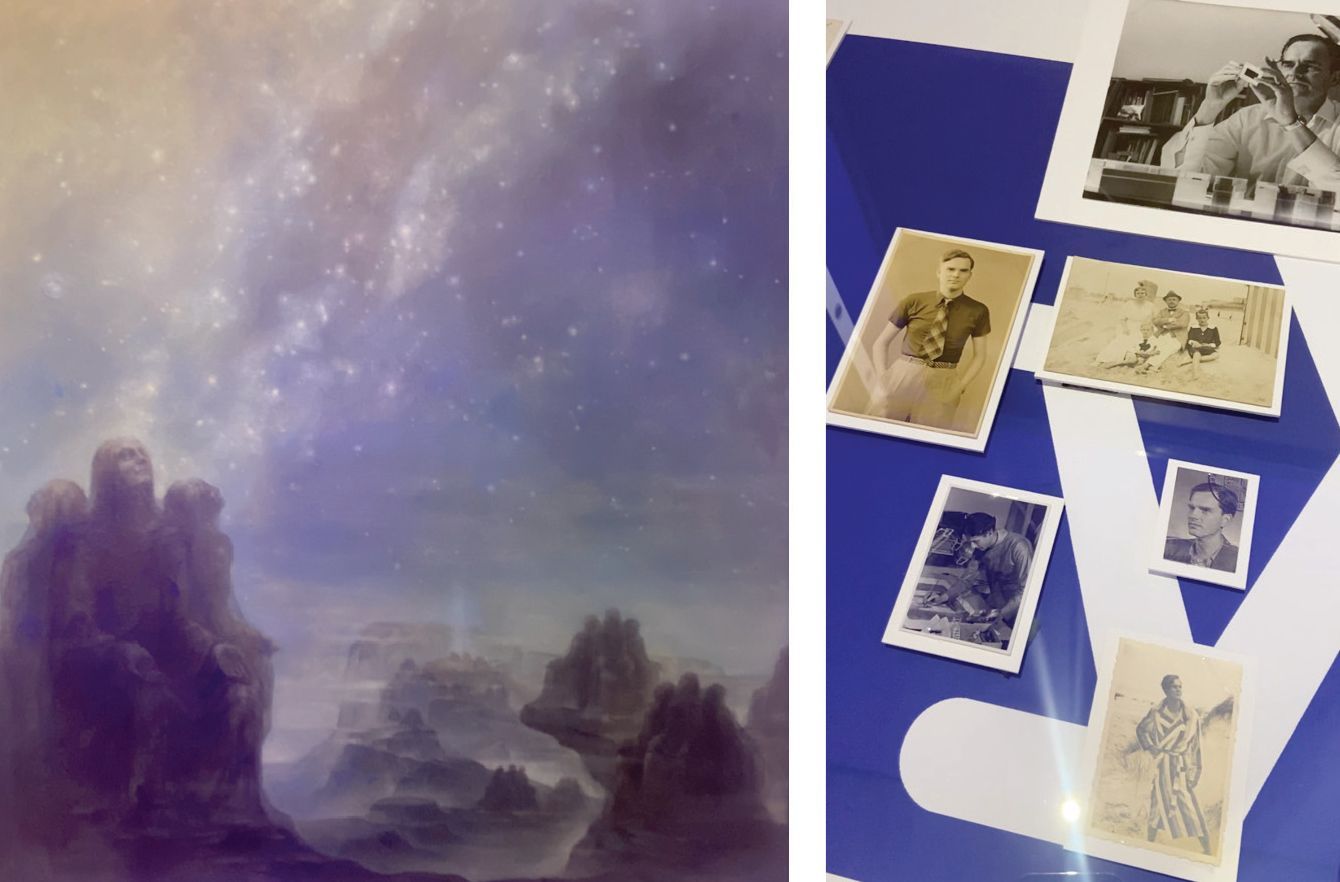
Heinrich Wendel's "Planetenmeditationen" and exhibition displays in the Theatermuseum Düsseldorf ©CGM
How did the estate end up in the Pink Palace?
The Theatermuseum is a small museum in the middle of the Hofgarten, a public park in the heart of the state capital Düsseldorf. In recent years, it has been turned into a kind of center for the queer art scene, and also shows exhibitions dealing with the city's history, and in a recent exhibition even with the most diverse facets of Düsseldorf's carnival. The Theatermuseum is also responsible for archiving Düsseldorf's opera and ballet history. Thanks to its pink exterior, the palace-like building has become known as the “Pink Palace” to the creators of this new concept in the city.
Wendel's estate was bequeathed to the Theatermuseum Düsseldorf by his partner Erich Walter. It includes stage and projection models, costume designs, lectures, rehearsal photos, program booklets, theater reviews, and the “Planet Meditations.” The estate is regularly presented in exhibitions, such as the current one in 2025 to mark Wendel's 100th birthday. Wendels' stage design and projection models, accessible via the Theatermuseum's online collection (https://emuseum.duesseldorf.de/collections/79422/wendel_modelle-open-data/objects), are impressive examples of this innovative stage art. The models are technically extremely precise and seem to combine mathematics with spiritual aesthetics, making them precursors of modern stage design techniques. In the exhibition, they complement the “Planetary Meditations” in display cases.
On the big stage? Wendel and Kauan Soares
Heinrich Wendel's “Planetary Meditations” were created decades before similar visualizations in ‘Dune’ and “Interstellar,” yet they transport the viewer into precisely these worlds. However, it is the divine and spiritual elements that make Wendel's works unique. Who knows whether Hollywood was inspired by Wendel's Planetary Meditations.
Kauan Soares' dance video “Cosmos” translates Wendel's paintings into movement and features five dancers from the Ballett am Rhein dancing to music by Gustav Holst and Caroline Shaw. Those who are captivated by the heavy paintings find their way back to reality through Soares' performance—a successful combination devised by the Theatermuseum. Who knows whether there will ever be a live performance of Soares' choreography on the big stage in front of Wendel's paintings
--------
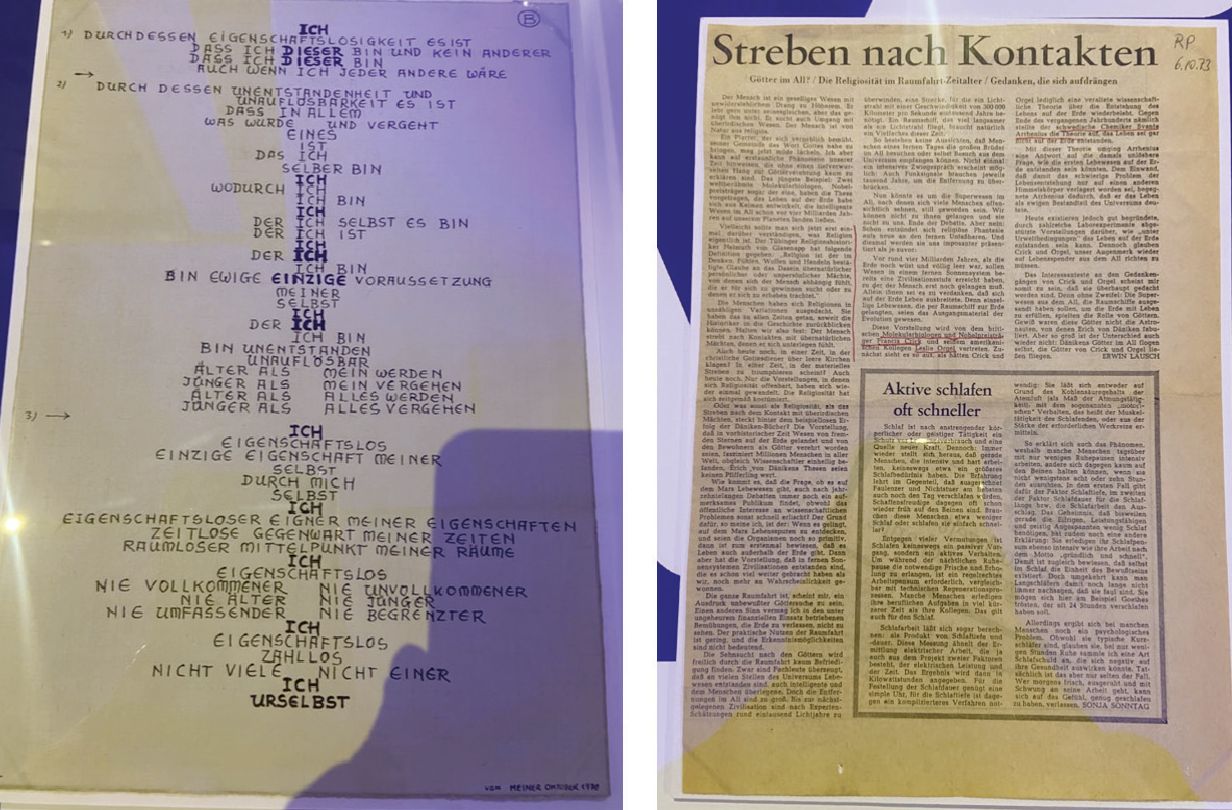
Heinrich Wendel's "Planetenmeditationen", Theatermuseum Düsseldorf ©CGM
You might be interested?




